| ab 1 | € 4,99* € 3,99* / Stk. | -20% |
| from 10 | € 4,99* € 3,49* / Stk. | -30.1% |
| from 20 | € 4,99* € 2,99* / Stk. | -40.1% |
incl. VAT plus shipping costs
Immediate delivery, express possible ![]()
More than 20 Articles in stock
- Item no: 31241
Fast delivery times
All products are in stock with us!14 years of breeding experience
Let our team of experts advise you!High customer satisfaction
from over 3,000 reviews "| Coloring: | transparent |
| Difficulty: | for beginners |
| Propagation: | not possible in fresh water |
| Origin: | acclimatized wild |
| Water values: | soft |
It was one of the first shrimp in the hobby: Takashi Amano brought the Yamatonuma shr imp (Caridina multidentata) to such fame that it was even renamed Amano shrimp. He used them as algae eaters in his beautiful aquascapes. They still perform this function very well today - no shrimp eats algae coverings and even adult filamentous algae as well as the Amano shrimp.
These hardy and adaptable animals grow quite large, females can reach 6 cm, males remain somewhat smaller. Amano shrimp are not as colorful as many other dwarf shrimp, but their dot and dash pattern is still very pretty. They are often transparent, but dark, brownish to bluish animals have also been observed. Males and females can be distinguished quite well by the pattern. Males have dots, females have dashes, sometimes a very narrow, lighter colored dorsal stripe.
Their behavior is always interesting to observe - Amanos are fearless little clowns that have even been observed practically stealing food from the mouths of even larger fish. During the mating swim the males really step on the gas, they literally fly through the aquarium. For this reason and because of their size the Amano shrimp should not be kept in aquariums with a side length below 60 cm.
As an absolute omnivore the Amano shrimp is very easy to care for, it utilizes algae and food remains. Especially female Amano shrimps have a high demand for protein, which they also like to cover from their fellow inhabitants (mainly snails), if they do not get enough protein with their food. A protein food specially adapted to shrimps should therefore be fed two to three times a week, especially for Amano shrimps.
As uncomplicated as the keeping of the amano shrimp is, the breeding requires a certain instinct. The females produce up to 2,000 very small eggs per litter, from which tiny larvae hatch. They need brackish water and special food to develop, and must be transferred back to freshwater when they have completed metamorphosis from larva to shrimp.
Amano shrimp will not interbreed with any other shrimp species common in the hobby. They can also be socialized very well with slightly larger fish, provided they are not predatory. They can also be kept in the aquarium with crayfish, freshwater crabs, snails and mussels , although smaller uncapped snails such as posthorn snails or bubble sn ails are occasionally on the Amano shrimp's menu.
Our food recommendation: The soft Mainfeed Softpads from NatureHolic are designed for daily feeding. They contain all the nutrients shrimp need for shell development, egg formation and growth. During production we pay attention to a gentle and environmentally friendly production, in which the vitamins and other valuable ingredients are preserved as far as possible.
Our plant recommendation: Use for planting NatureHolic InVitros. These are free of snails, planaria and other unwanted co-inhabitants. Also free of algae spores, bacteria and fungi.
Expert Tip: We recommend when keeping fish the NatureHolic 3 Phase Liquid. The care set offers the best all-round protection for your animals. It ensures optimal conditions for successful breeding and keeping.
| Scientific name: | Caridina multidentata Stimpson, 1860 |
| German name: | Amano shrimp, Amano shrimp, Yamato shrimp, Yamatonuma shrimp |
| Difficulty level: | suitable for beginners |
| Origin/Distribution: | Japan |
| Coloration: | transparent to light brownish or bluish, males with dot pattern, females with dash pattern, some females with narrow light dorsal stripe |
| Age expectancy: | 5-6 years |
| Water parameters: | GH 3 to 30, KH 3 to 30, pH 6.5 to 8.5, temperature16 to 30 °C |
| Tank size: | from 54 l |
| Food: | Protein food 1 to 2x weekly, otherwise rather vegetable(Natureholic Mainfeed) |
| Reproduction: | complicated, the larvae need brackish water for development |
| Behavior: | peaceful |
| Socialization: | with peaceful fish, crayfish, other dwarf shrimp, crabs, snails and mussels |
| Further information: | Foliage for the aquarium + foliage list, Feed shrimp, crabs, snails & mussels properly, 10 tips for beginning aquarists |
- Item no: 31241
- EAN No.: 7427061498738
Entdecke die Garnelio Welt!
Garnelio gehört zu den größten Onlineshops für wirbellose Aquarientiere weltweit.
Viele Artikel gibt es exklusiv nur bei uns im Shop.







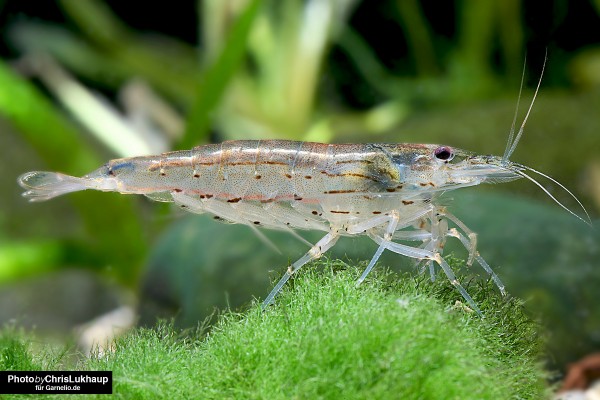





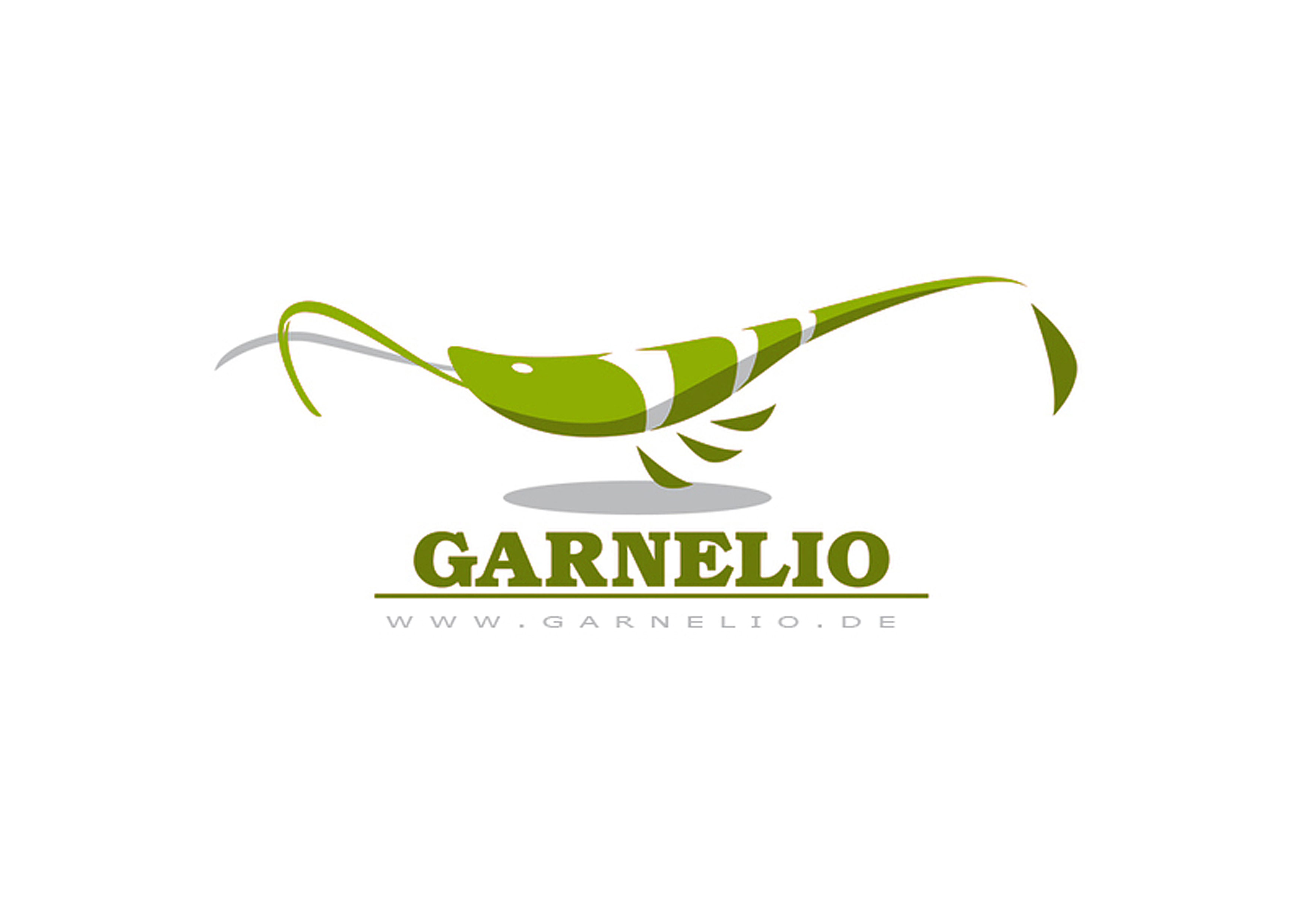

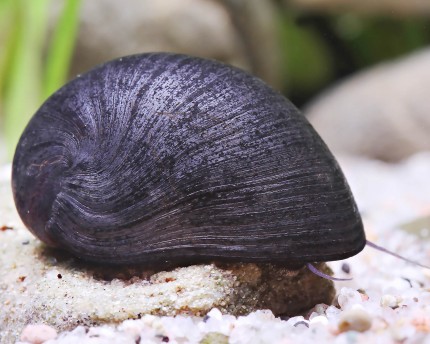
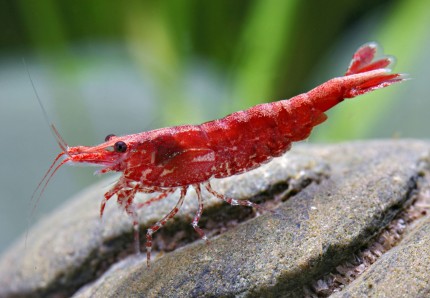

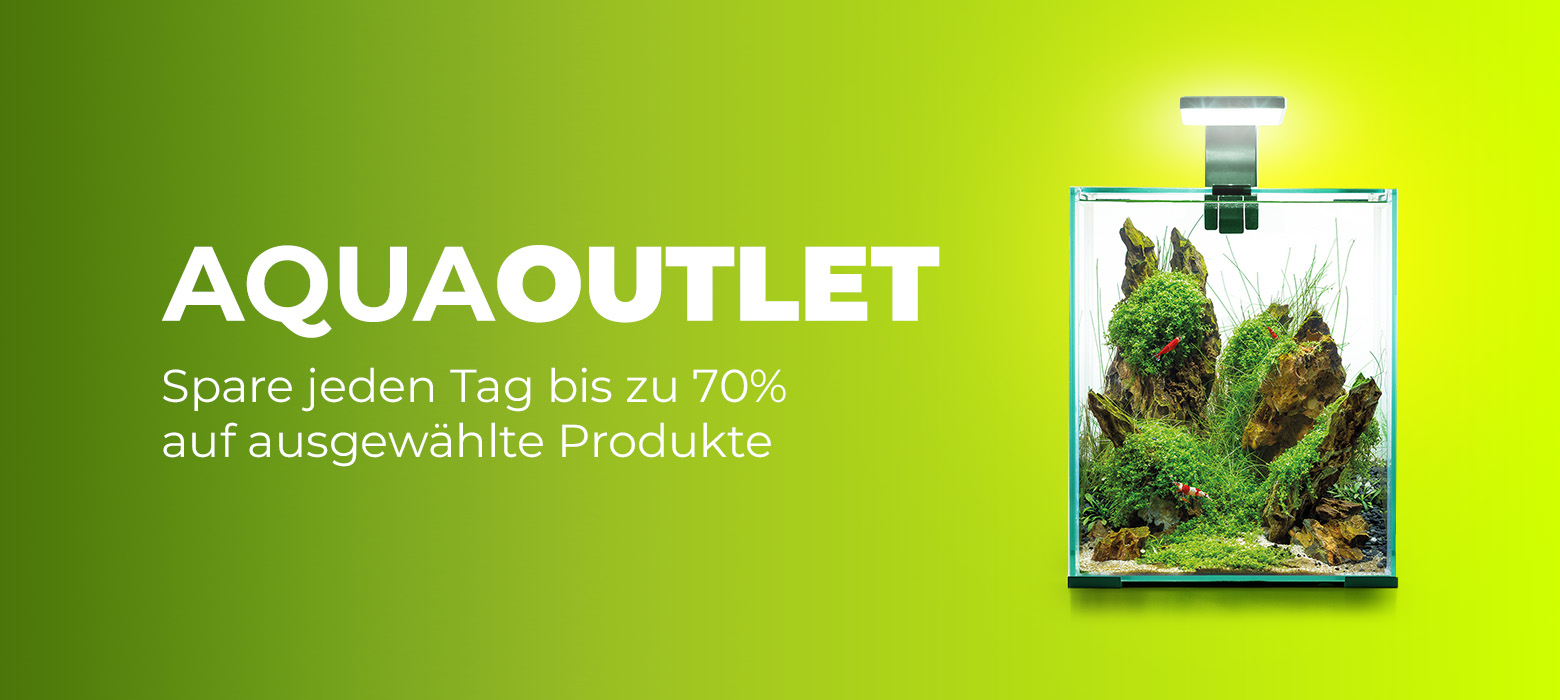
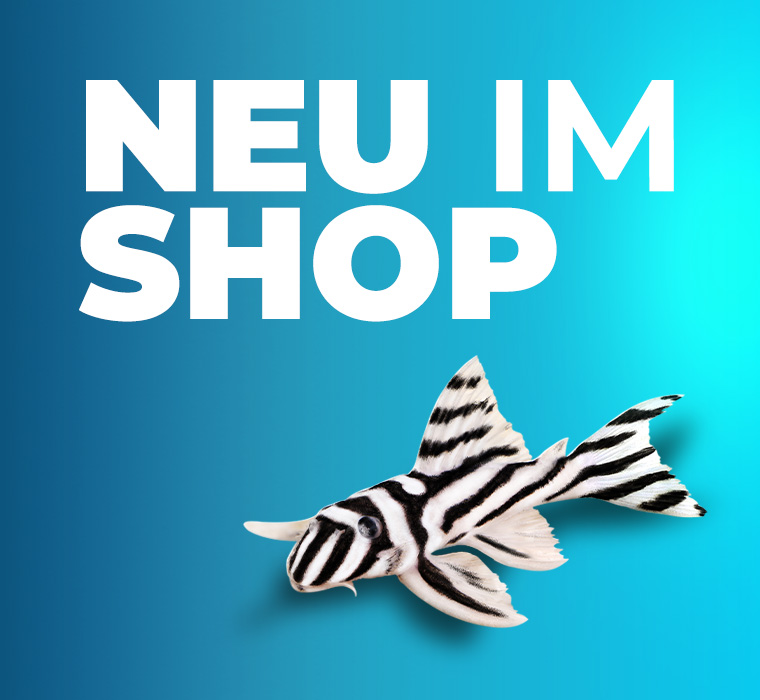
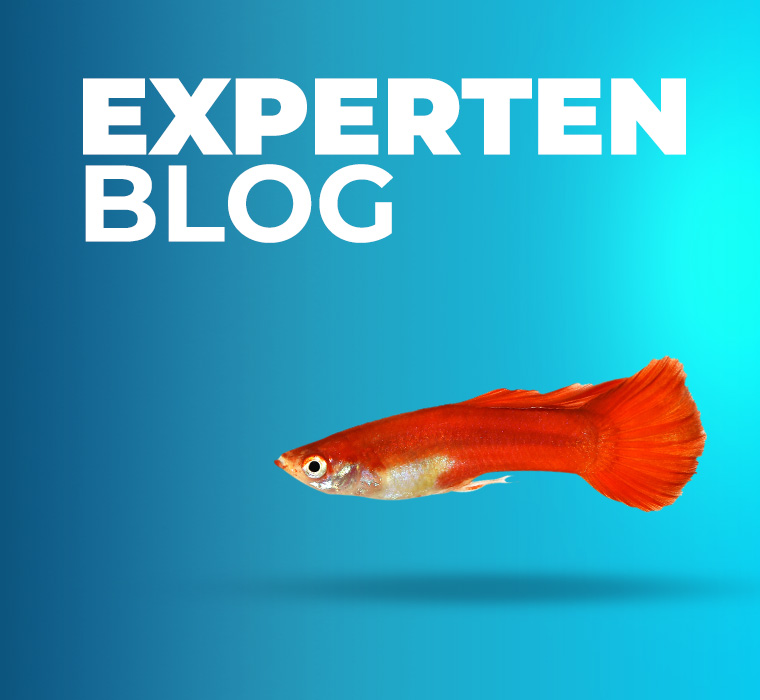
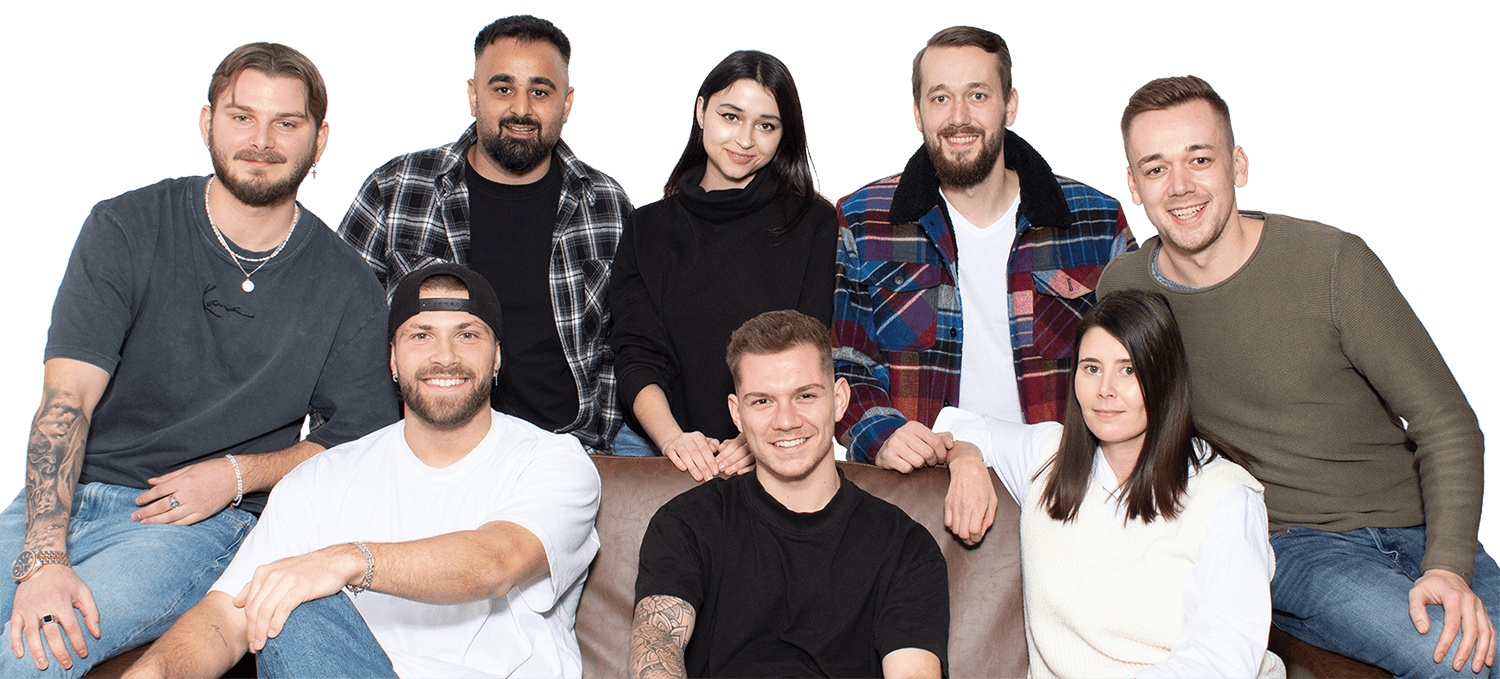
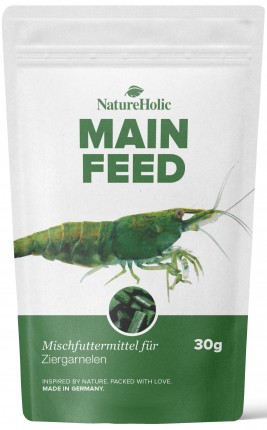
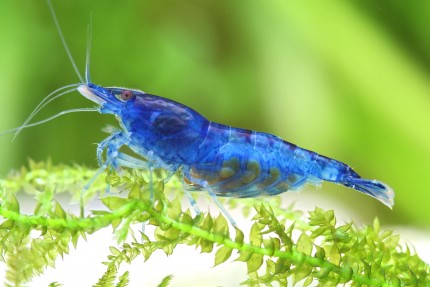
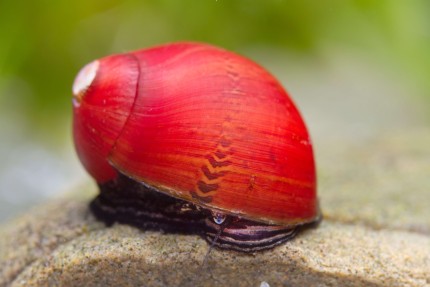
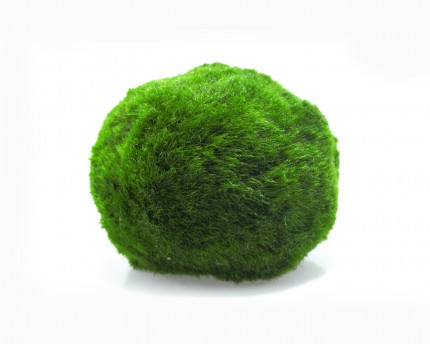
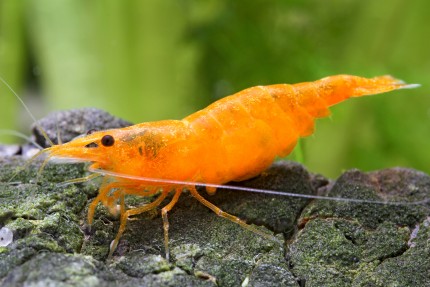
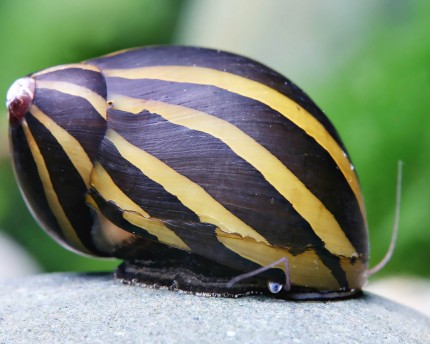
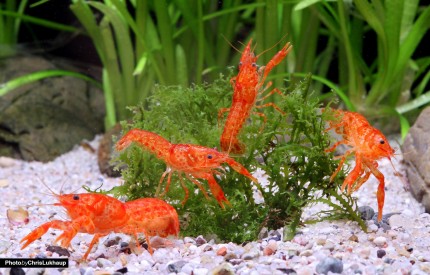
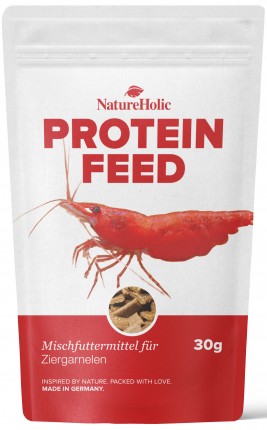
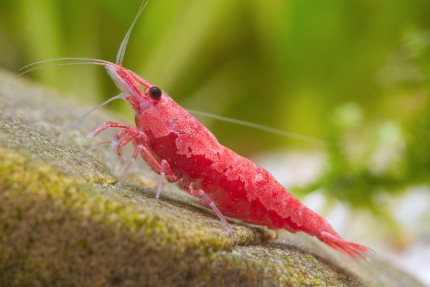
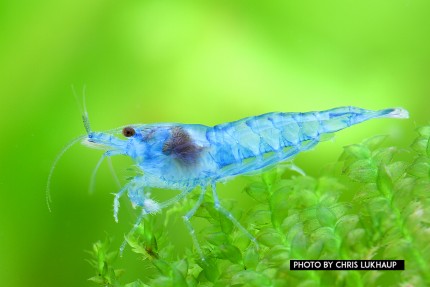
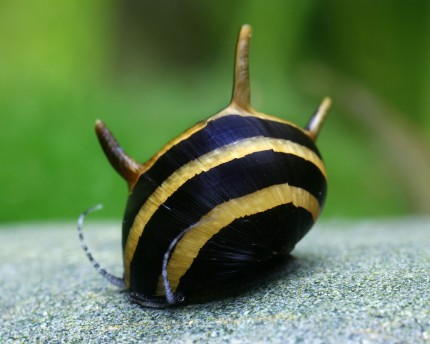
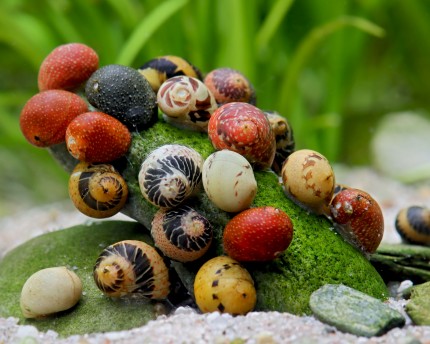
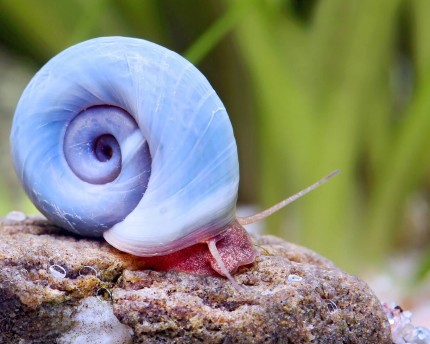
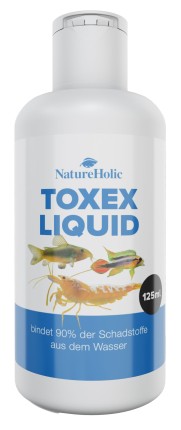
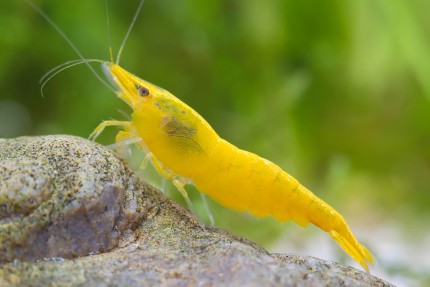
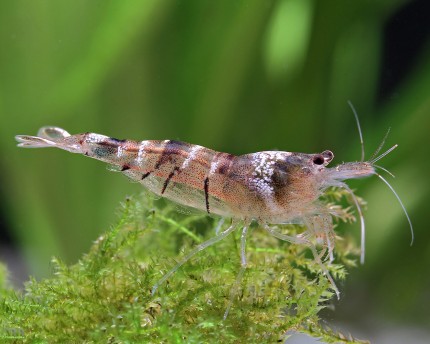
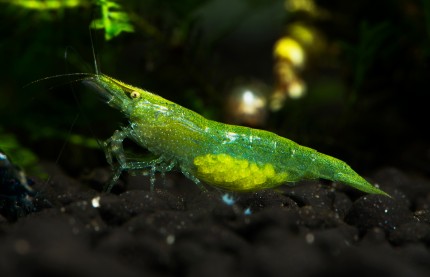
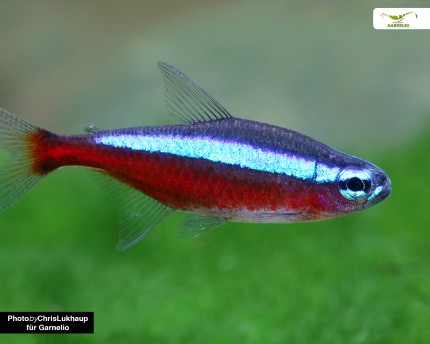
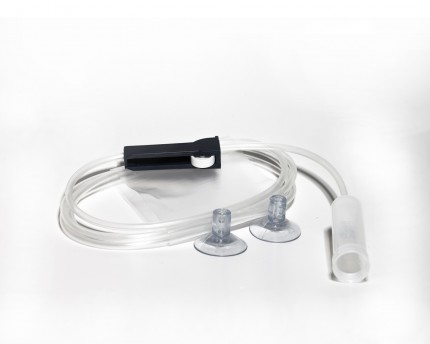
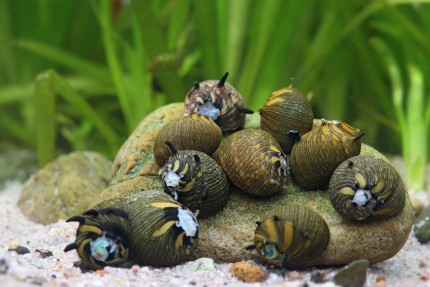
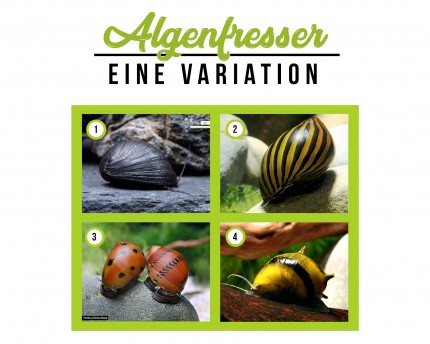
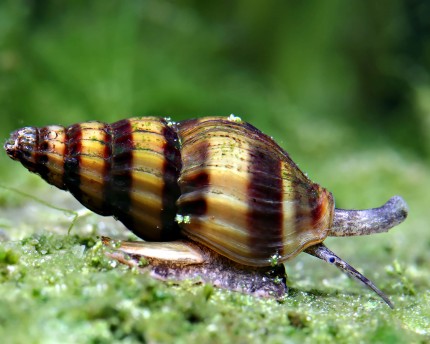
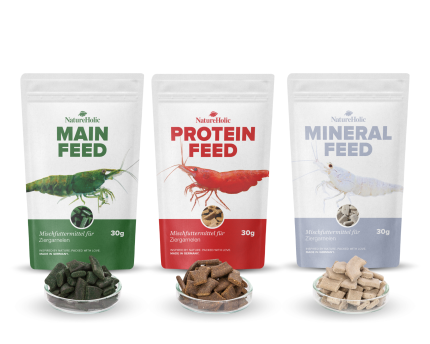
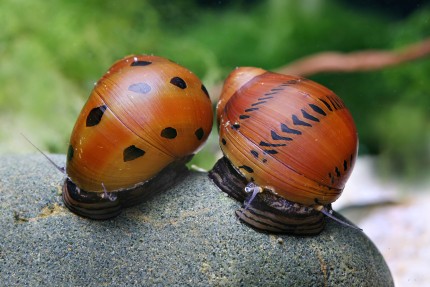
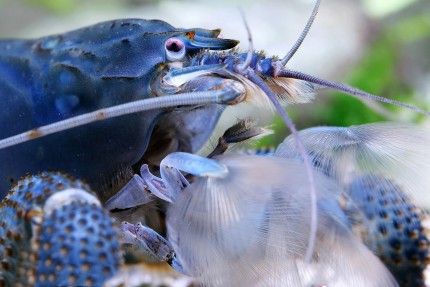
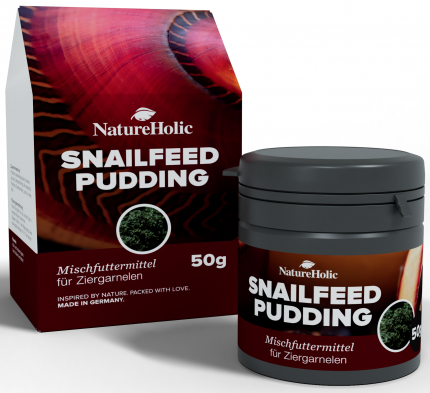
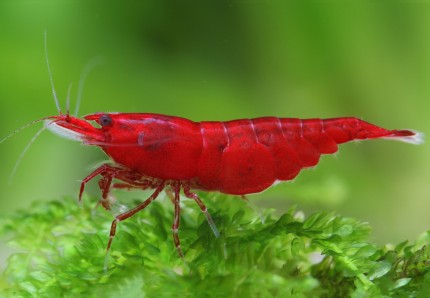
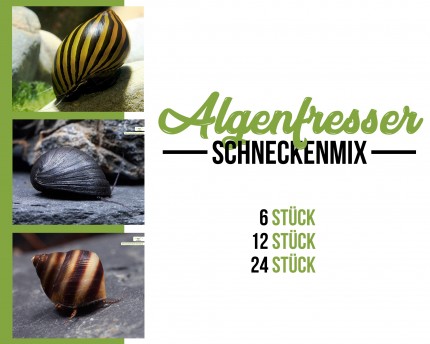
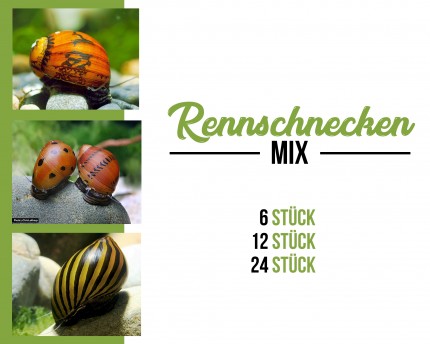
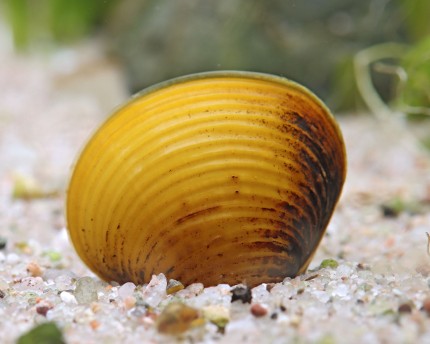
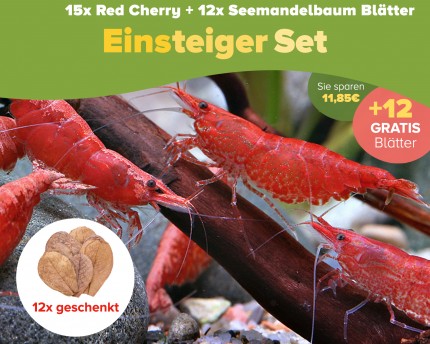
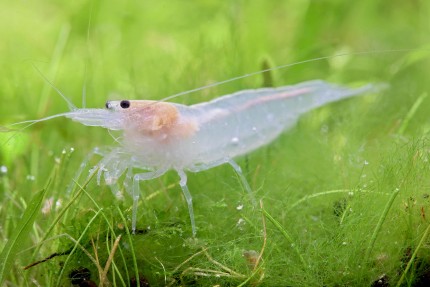
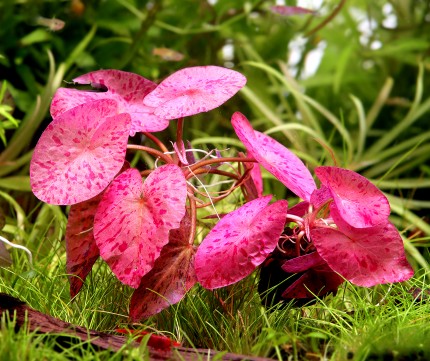
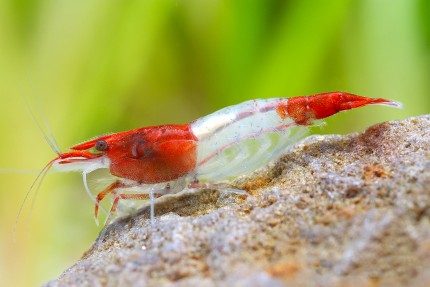
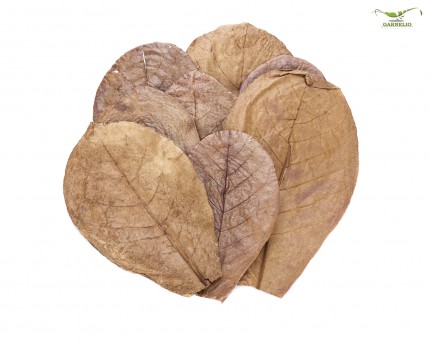
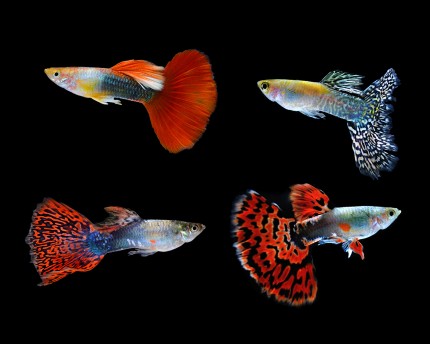
The fields marked with * are required.
I have taken note of the privacy policy.